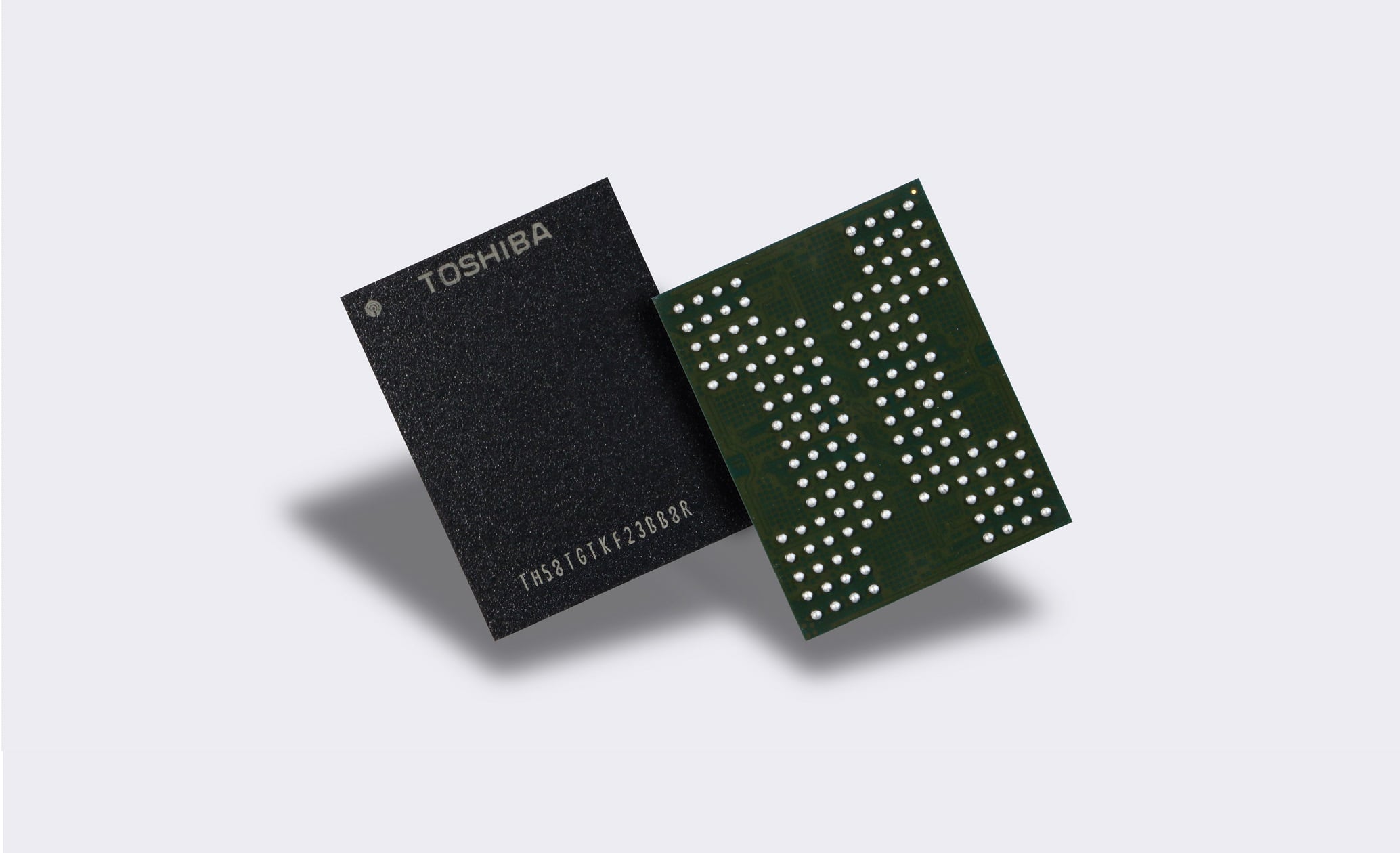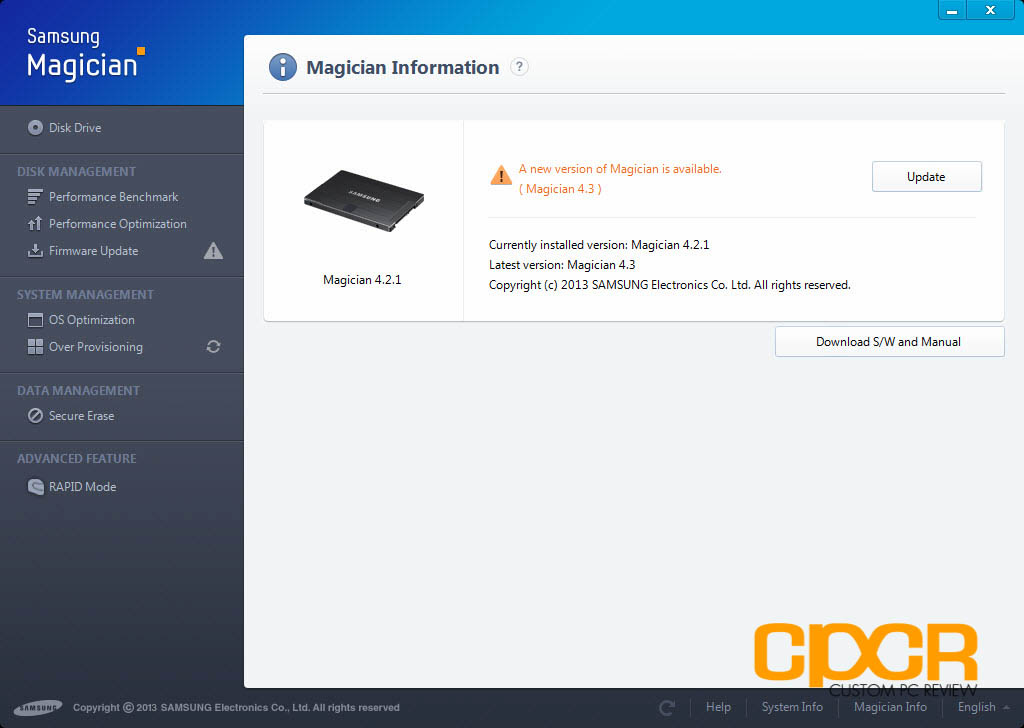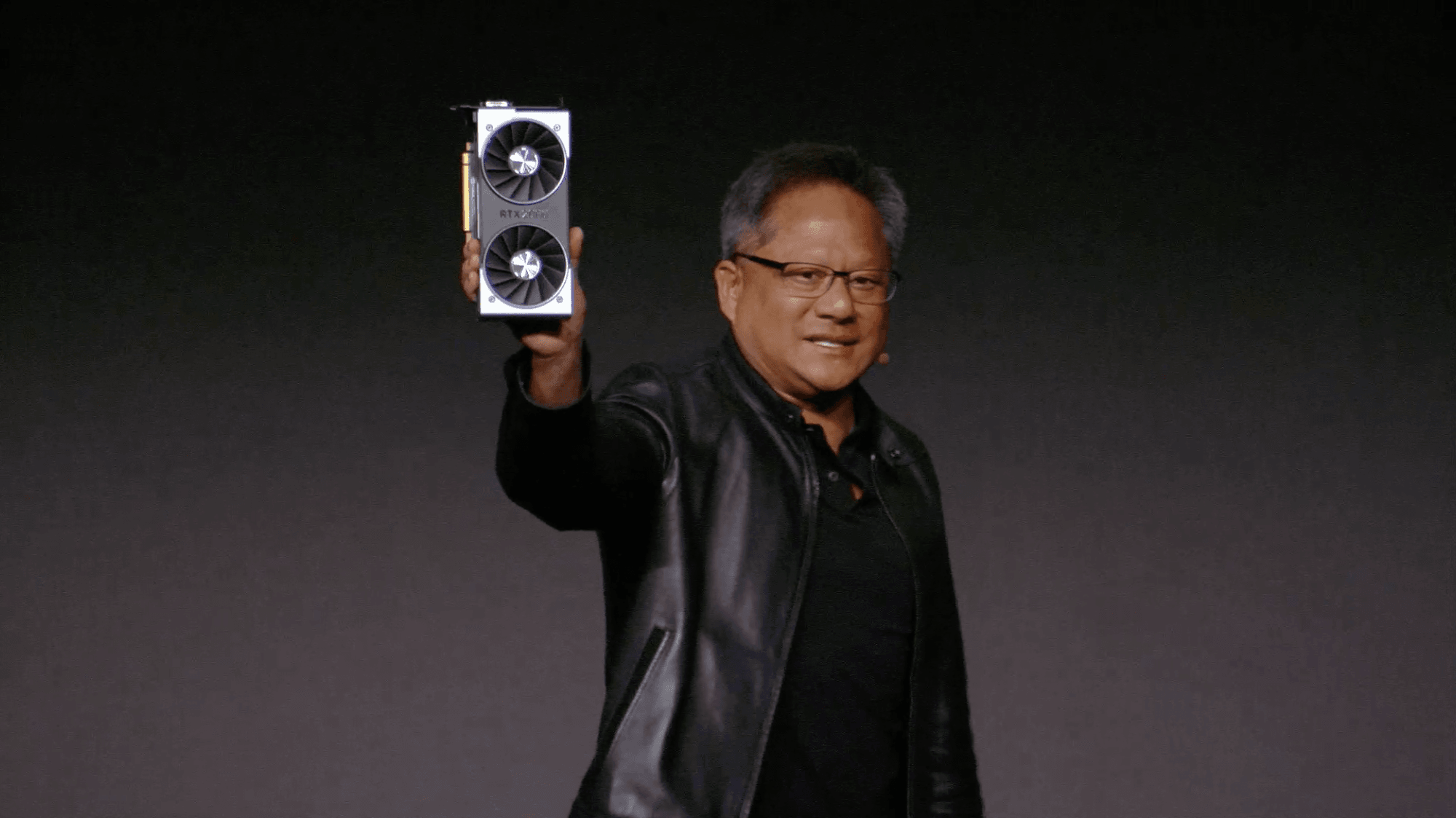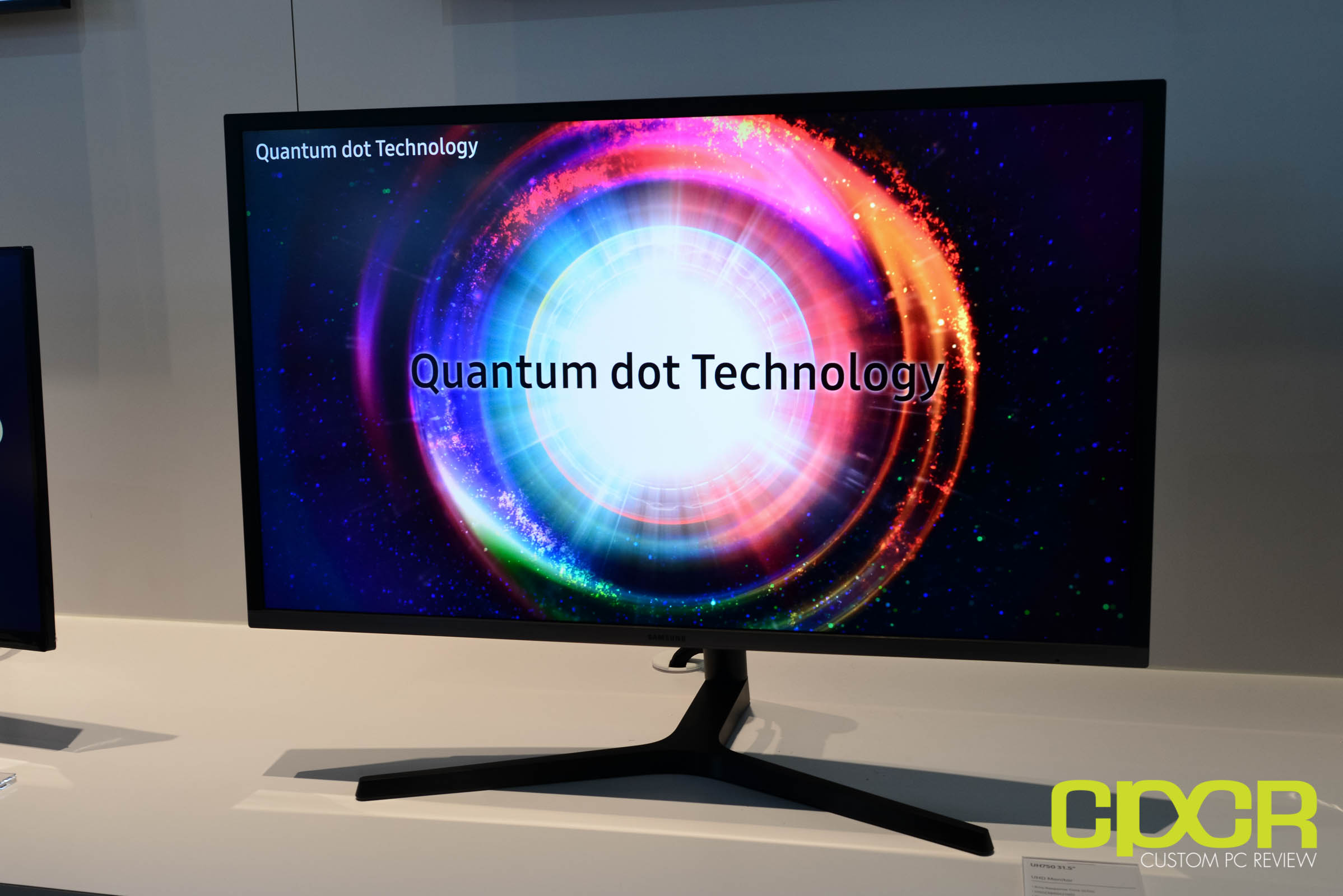According to BSN, it looks like AMD plans to release the Radeon HD7000 in January at CES 2012.
The AMD is keeping their island naming traditions and the new Radeon HD7000 series will be codenamed Tahiti and New Zealand. There will be an entire host of changes to the GPU architecture with one of the biggest being the x86 virtual memory most likely a carryover from AMD’s CPU department.
The Radeon HD7950, based on the Tahiti Pro, will pack 1920 cores @ 900mhz. The memory bus is still unconfirmed at this point, but will be either 384 bit or 256 bit.
Radeon HD7970, based on the Tahiti XT, will pack 2048 cores @ 1000mhz, 3gb of GDDR5, use a 384 bit memory bus, and set a world record for memory bandwith at 264GB/S.
Both products are expected to come in at the $349 – 449 price range.
The Radeon HD7990 on the other hand is expected to debut in March 2012 with a price of $699. Further details were not disclosed at this time.
Question is… will it run Crysis?
Now that we’re properly introduced with the GPU core, the time has come to pay more attention to the lineup itself. Given that the memory bus was extended to 384-bits, i.e. the same as GeForce GTX 580, 3GB GDDR5 are being used across the board, and we would not exclude a 1.5GB or even 896MB “7930” part coming as the number of partially functional GPUs increases.
AMD kept the unified clock concept and given that Radeon HD 7970 is based on fully configured “Tahiti XT” GPU, 2048 cores (32 Compute Units) operate at 1GHz clock. 3GB of GDDR5 memory operates in Quad Data Rate mode i.e. 1.37GHz ODR (“effective 5.5GHz”). This results with record video memory bandwidth for a single GPU – 264GB/s.
The HD7950 is based on “Tahiti Pro” and packs 30 Compute Units for 1920 cores operating at 900MHz. The number of ROPs decreased to 60, while Texture units naturally reduced to 120 (as every CU connects to 2 ROPs and 4 TMUs). Our sources did not disclose if the memory controller is still 384-bit or a 256-bit one, but the memory clock was decreased to 1.25GHz, i.e. the same clock as previous gen models. Should 384-bit controller stay, the clock should be good for 240GB/s of bandwidth.
Both products are expected to be released on CES 2012 in Las Vegas, NV, occupying the $349-449 price bracket. Those additional gigabytes of memory (and processing cores) will certainly cost a lot of $$$.
As far as the dual-GPU “New Zealand”, 6GB GDDR5 is expected to be clocked on the same level as the HD6990/7970, meaning you will be getting full performance out of the dual-GPU part.
Unlike HD7950 and HD7970, Radeon HD 7990 will debut in March 2012 and the target price is the same as the original price of its predecessor – $699.
Source: BSN





